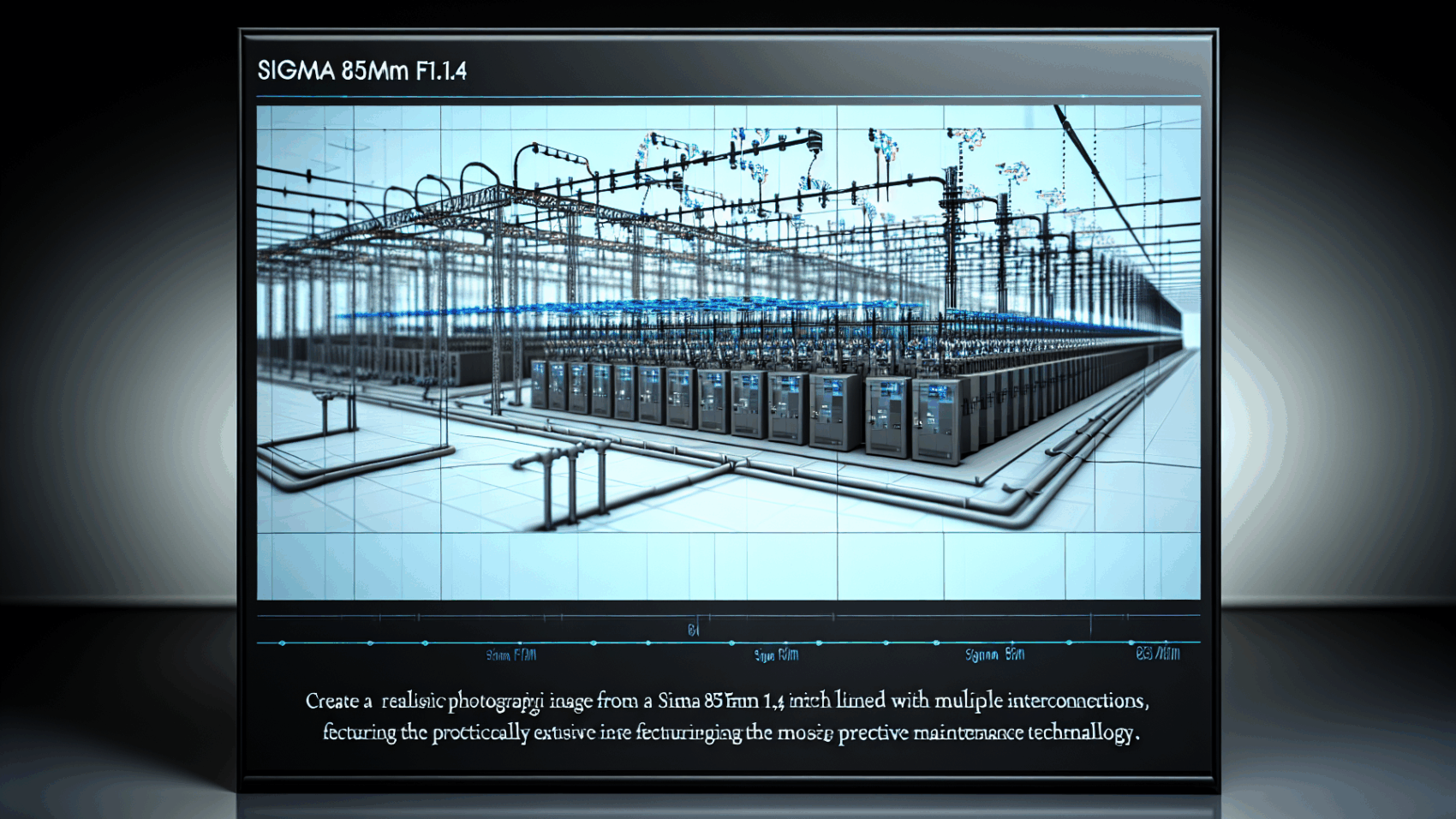Discover the transformative potential of microgrid maintenance in today’s energy landscape. This article delves into the integration of predictive maintenance techniques within microgrids, offering actionable insights to overhaul and modernize maintenance practices.
The Paradigm Shift in Maintenance: Microgrids and Predictive Strategies
Microgrids represent a significant shift in how we approach maintenance in the world of energy distribution. Unlike traditional power systems, microgrids offer the unique ability to operate independently from the main grid in island mode, providing localized energy generation and distribution. This autonomy not only enhances reliability but also introduces complexity in maintenance practices. Historically, maintenance schedules for energy systems were often calendar-based, leading to either unnecessary maintenance or unforeseen outages due to equipment failure.
The advent of predictive maintenance strategies has revolutionized this aspect, allowing microgrids to operate with unprecedented efficiency and reliability. By leveraging data analytics and condition monitoring, operators can predict potential system failures before they occur. Technologies such as machine learning play a critical role in analyzing data from various sensors throughout the microgrid, identifying patterns that precede equipment malfunctions. This capability to anticipate issues enables preemptive maintenance actions, thereby avoiding the disruption of power supply and extending the lifespan of crucial components.
Practical implementations of these strategies have shown significant benefits. For instance, by employing predictive maintenance, a microgrid servicing an industrial park was able to reduce downtime by 60%, resulting in considerable cost savings and productivity gains. This shift towards predictive maintenance not only ensures operational continuity but also contributes to energy efficiency by optimizing the performance of microgrid components. As such, adopting innovative maintenance strategies is not just about preventing equipment failures; it’s about redefining the sustainability and resilience of energy distribution systems for the future.
Conclusions
Microgrids represent a leap forward in energy system design, offering autonomy and resilience. By incorporating predictive maintenance, microgrids not only become more reliable but also more cost-effective. This synergy helps in unlocking enhanced efficiency and sustainability in energy management.

